Distrust is widespread and common in horsemanship. Scratch that. Distrust is widespread and common in relationships of all kinds including horse-human. Horses learn to brace, resist, ignore or explode, run away and avoid all in the name of distrust. Of course this lack of trust can be masked as or referred to by other adjectives such as fear, sensitivity, dullness, hard-mouthed, spooky, hot, etc. The list really goes on and on.
But don't forget that we also lose trust in our horses! Unfortunately for us, the only way to repair our own lost trust is to work in gaining the horse's trust rather than looking for a horse to build our trust. There are definitely horses which help boost our confidence, but without working through our own trust issues we'll eventually see that confidence weaken and our old trust issues come to the surface again. Much better to be proactive!
I'm not a big fan of set-in-stone training methods, and find that the best ones are assembled out of a loose framework of ideals in your approach. So with that in mind I'd like to share 10 trust building exercises for horse training — use as your own personal framework when assembling a training method (to each their own?).
-
Take Personal Responsibility
It is really easy to pass the buck onto the horse. Labelling him with any number of negative adjectives only serves to pass the responsibility from yourself onto the horse. How many times do you hear someone saying their horse is just “lazy”, “spooky”, “stubborn”, “difficult”, etc? Every time you call your horse one of those names you immediately divorce yourself from playing any role in the problems you're facing with your horse; after-all you're only having problems because your horse is _________.
Instead, start by giving your horse a pet name that describes what you WANT him to be like; if you're struggling to improve your horse's confidence for example refer to him as being the calmest boy (or girl!). It is really difficult to describe your horse in a positive wording with a negative tone. Secondly this relieves your horse from bearing the weight of responsibility when you're working through problem areas. Making it a habit will quickly change your own handling and expectation habits of the horse, remove blame (even unconscious blame!) and give you both room to improve on equal footing.
-
Recognize Your Weaknesses
Just like our horses we all have some weakness (or many!) in our ability to ride or train. It may be a physical, mental or emotional weakness; even riders who seem naturally gifted have a weakness – even if it isn't glaring to spectators. When we try to hide or ignore our weaknesses it makes it impossible for us to improve them, and also creates a block between ourselves and the horse. Horses pick up on those weaknesses and often try to throw them back in our face. Sitting trot could be your downfall and you keep wondering why your horse refuses to do anything but a hollow-backed Arab trot – but he's a Haflinger…
Mental and emotional weaknesses are no different and can be even more trying to work through when they might appear to be the horse's issue. Take out a piece of paper and a pen, making two columns on the paper; one for yourself and one for your horse. Now, start by listing every weakness you think your horse might have. They could be a physical weakness like being one-sided or leaning on the reins for balance. Mental weaknesses might show up as slow to learn or too reactive. Emotional weaknesses are generally lumped into “being too emotional”, but try to break that down into specifics like “afraid to leave his favorite pasture-mate Molly” or “gets sweated up standing in cross-ties”.
Next, go back down the list you've made for your horse and tackle each item. Write in your column where you could possibly share the same kind of weakness from your own perspective. Instead of “afraid to leave his favorite pasture-mate Molly” it might be “I'm afraid to leave my riding instructor to try working with someone else.” Don't worry about being completely open and honest, this is just for you and you alone. Realizing the problems you're facing with your horse are two-sided can help open the door to mutual trust when you start working on your issues together.
-
Take Inventory of Your Relationships
There are times in our lives when we realize the great relationship we thought we had isn't so great (or healthy) after-all. In personal relationships we can end up befriending someone who turns out to be a “soul-sucker” or negative Nancy. Then there are those who try to manipulate or use us for their own gain. The same potential for an unhealthy relationship with our horse exists too, and the longer we sit in the much confused about why we're having such a difficult time with one another the longer we (and they) suffer.
Perhaps you've come to avoid going out to the barn, or riding altogether. You struggle to find motivation in working with your horse, leaving the barn frustrated, tired and feeling like you've hit a wall. Can you ever remember a time when you felt the same way when dealing with another person? Avoiding their phone calls, pretending you aren't at home when they stop over. Making up excuses why you haven't reached out to them even though the truth is you're avoiding them like the plague.
Sometimes we can have an unhealthy relationship with our horse to such an extent that it can't be remedied alone, or in some cases it may become so bad that it's best for both you and the horse to part ways altogether. But it may not be that strained yet and working to gain trust in each other can do a lot to bridge the gap and heal your relationship.
Answer the questions in this short relationship inventory quiz by Brenda Kofford completely and honestly. How'd you score? What areas do you feel you can immediately improve on, and which do you think will take more work on your part?
-
Establish Healthy Boundaries
How do you feel about people you encounter who have zero boundaries with those around them? Do you immediately come to trust them, or instead do you find that you put up a bigger wall than you would around other new people you meet? I fall in the latter category and prefer to be surrounded by those with clear and healthy boundaries. In part I move away from people with hazy boundaries because my experience is that they expect those hazy boundaries to go both ways, and in allowing everyone to traipse across their boundaries all willy-nilly they feel it is okay to do the same to you without permission. They may even become upset when you tell them otherwise!
When horses are taught early on that boundaries are hazy, or non-existent, it makes it very difficult to build trust in those horses later on. They're in your personal space whenever they like, and when you tell them to respect your boundaries they get upset! The longer you put it off the harder it will be to set and enforce the healthy boundaries for yourself. But this isn't a one way street and it is vital that while enforcing our boundaries we also respect the horse's boundaries in return.
But how do we respect the horse's boundaries?! When the horse shows that he is upset or uncomfortable with you touching him somewhere or being in his space, moving too quickly, etc – respect it! That doesn't mean you're planning for a lifetime of a head-shy or impossible to catch horse… It means that you acknowledge the horse is uncomfortable and you proceed at THE HORSE'S pace, not your own. If the roles were reversed you wouldn't have it any other way so why force your horse to acclimate at a speed that doesn't suit him? Don't because it's counter-intuitive and will create other problems down the road.
Instead, identify what your ideal boundaries are – even if you aren't very good at communicating them to your horse yet. Are you comfortable having your horse run all over you or would you be happier and more trusting of your horse if he stayed two feet away from you unless you ask otherwise? Next, identify your horse's present boundaries, see any correlations? If you find yourself struggling to successfully communicate to the horse your boundaries stay open to trying alternative means. If you want your horse to keep a distance when leading and holding him back with the lead isn't working you might try reinforcing with your voice or halting and asking him to take a step backwards when he invades your space.
-
Rebuild Credibility Through Consistency
Surely you've had a relationship with someone who was inconsistent. You might see them every day for a few months straight, only to have them fall off the face of the earth for a few years, reappear for a couple days, etc. Or they might be inconsistent in the way they interact with you – praising and encouraging only to then criticize you harshly on a whim. Even worse could be the relationship where information is vague and constantly changing. You're told one thing one day, then the next it has changed making it impossible to ever get anything right.
As equestrians it is very easy to be inconsistent with our horse. Even if we show up in the barn every day we might interact directly with our horse in a very inconsistent way. This does nothing to build trust and only serves to tear down any trust-building you've done so far.
Check in with yourself; do you show up to see your horse regularly? If you can't remedy your schedule or it is already regular ask yourself whether you are consistent in the way you interact with your horse. Are the answers to the questions you ask your horse constantly changing, muddy or vague? Are you consistent in the way you ask the questions?
-
Consider Lessons and Critique or Feedback from Peers
There are times when personal reflection alone is not enough. In the process of building trust with our horse it might mean stepping outside our own narrow vision and asking for help from a professional instructor or even our peers. When you are not emotionally or personally involved the picture can be much clearer and this kind of insight can prove to be priceless.
-
Join A Support Group
When everyone around you is busy yelling, kicking, slapping and whipping their horses around the arena it can be hard working building trust without a support team. That's what support groups are for, and while it may seem silly at first, once you're a part of the group you'll feed off the positive energy of those around you.
We're lucky – in this generation you can reach out for support not only from those immediate groups around you, but also connect with people worldwide through phone, email, forums, social media and the internet. Finding people who are working towards the same goals as yourself is now much simpler than pre-internet, giving you more time to go out and play with your horse!
-
Always Give Your Horse the Benefit of the Doubt
When your trust in a person is still fragile, something as simple as being given the benefit of the doubt can make a lifelong impression. On the converse side when you aren't given the benefit of the doubt and instead openly accused, blamed or ridiculed your confidence and trust can be easily trampled.
How often do we ask our horse to give us the benefit of the doubt; when we accidentally kick him in the butt while swinging our leg over the saddle, pulling back on the reins when we've lost our balance and almost took a fall, etc. And yet when he misunderstands us, is concerned something might eat both of us or gets frightened and pulls back on the cross-ties; are we as quick to give him the benefit of the doubt?
-
Redirect Mistakes, Don't Punish Them
Mistakes are often self-realized, we don't need someone following us around telling us our mistakes let alone punishing us for them! But it is very easy to do this with our horse. He doesn't respond to the legs immediately and gets a whack with the whip. He hesitates at a jump and gets smacked on the shoulder with the whip. He's not sure about being caught from the pasture so we chase him around until he's dripping sweat and begging to stop.
If you were punished every time you made a mistake, how easy would you find it to go back to work immediately and not only focus but be flawless as well? Curbing any tendency to punish and replacing it with redirection can not only improve your horse's trust but also shorten the learning curve as you minimally disrupt his ability to concentrate.
-
Less is More
Both of my Grandfathers were fairly quiet, kept to themselves. They didn't go off on tangents or ramble aimlessly. When they spoke everyone stopped to listen because they only said what was important to be said. Everything had a purpose and a value.
Make sure that every action, every cue or aid you give your horse is given with a purpose and has a value. When you fill your riding up with nonsense chatter your voice becomes less powerful and your horse will easily tune it out. But when every ‘word' you say carries weight you can whisper to your horse and he will be able to hear it clearly no matter how much distance is between you.
Less is more, and the more value you give every cue, aid and communication, the more trust your horse will place in those ‘words'.
How are you trust building with your horses? Anything on this list, or are you taking other steps?
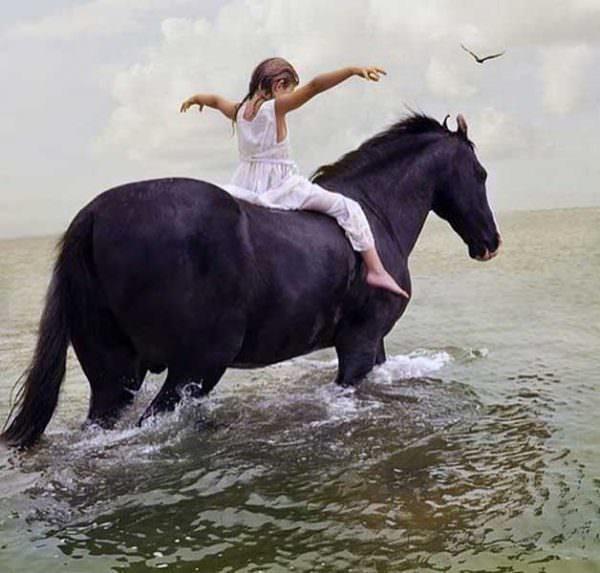
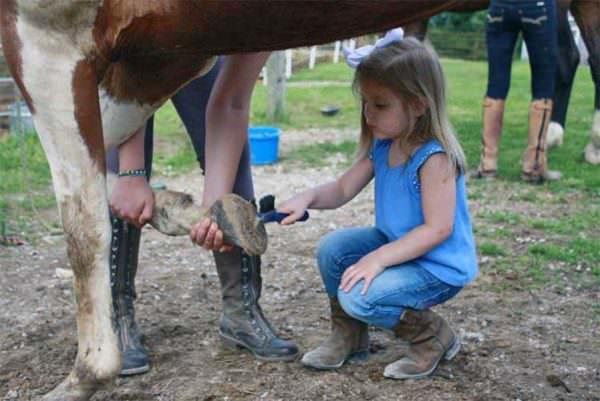

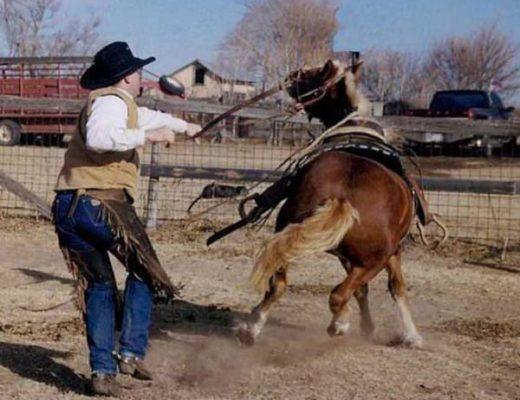
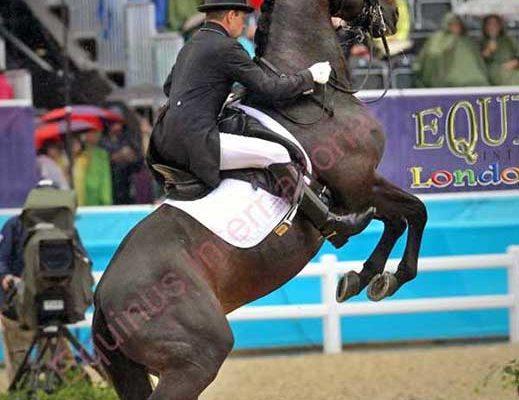
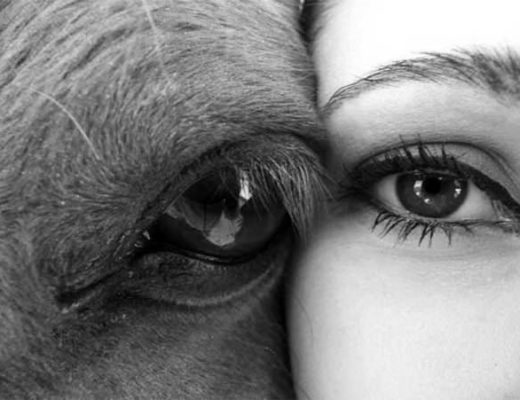
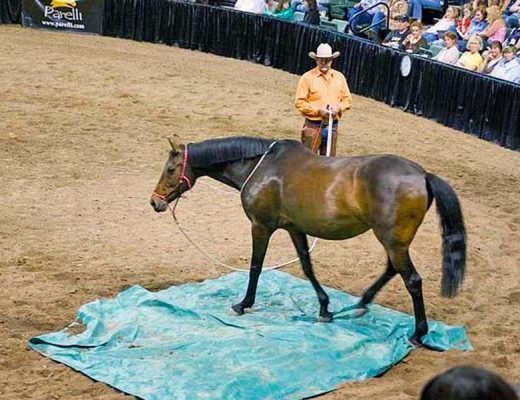
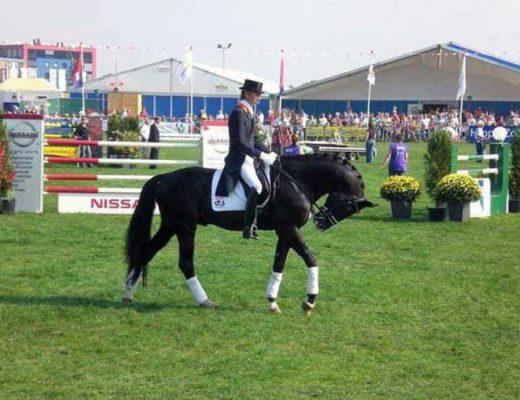
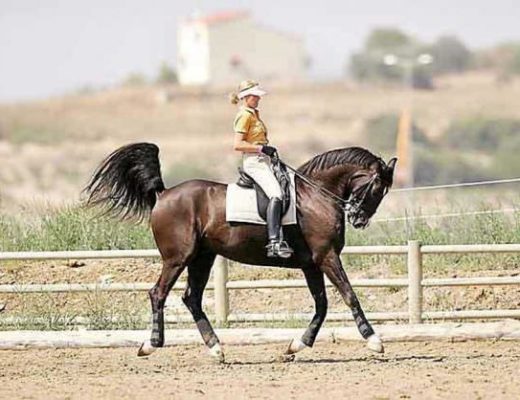
i would find it helpful to know what you would suggest instead of ” chasing the horse around to catch it”. I read a lot of what not to do & would find it useful to have what to do
Carole, I can’t recommend strongly enough the book Moving ‘Em : A Guide to Low Stress Animal Handling
It’s a fantastic guide to controlling your horse from the ground using their flight zones, and directly applies to catching difficult horses. Really easy read with great diagrams to further clarify how-to steps.
I have taught my horse to stand,stay and come: she is most responsive away from the herd and grass, but with a lot of short training sessions (when she moves after being told stand, stay,I make her back up, again instruct her stand,good girl when she does, then stay and walk away,if she moves again I instruct her to back up and begin again). once standing for a few minutes I then call her, to come. as she approaches me I back away until she is readily following me, say whoa, she stops, and I give her a horse cookie. Repeating this consistently for a week or two with reinforcement exercises a few days a week, now she stands nicely, will stay for lengthiner times and comes when called. when she is in a herd on pasture she stands and stays, often does not come but will stand quietly for me to put her halter on.